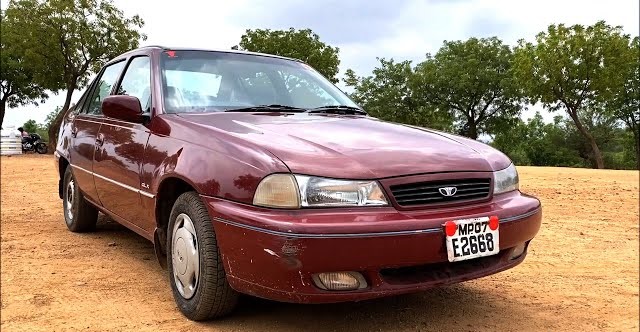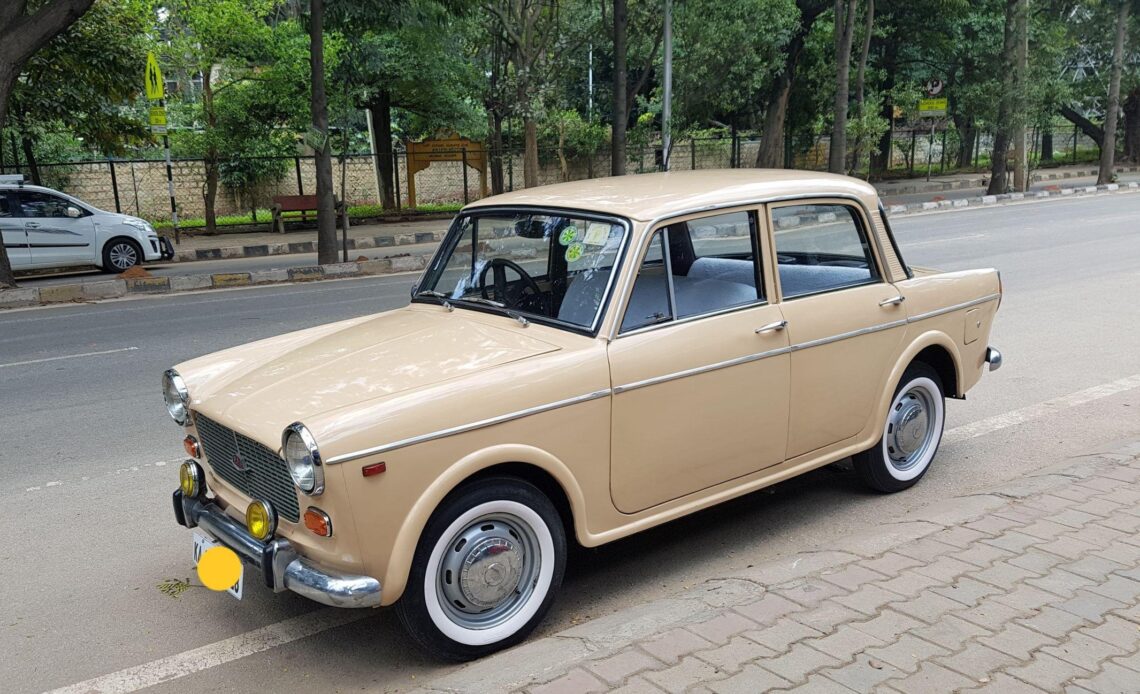
The car industry in India is very distinct. In the typical auto market, either powerful automobiles are common or cars with special functions are well-known. However, jo dikhta hai vo bikta hai here in India. This means that only the product that generally appears excellent is in demand. As they say in engineering, form follows function. Having said that, this sector has seen a large number of cars, both excellent and poor, beautiful and ugly, and strong and not so powerful, since it was founded.
Yes, Everybody loves automobiles. These days, cars are an integral part of daily life. Some people’s obsession with vintage automobiles is even greater. In India, we do a poor job of preserving our automotive industry’s legacy. The vintage Indian vehicles from the 1980s and 1990s were superior to conventional cars and even had a history. Many kids from this era would be able to recall a story or two about their old autos if you asked them. People used to respect vintage automobiles as if they were another part of the family and developed a close bond with them. Here’s a list of the Top 10 cars that ruled the Indian roads back then.
HM AMBASSADOR
This got to be the first on our list. The first automobile made in India, the 1958–2014 model, was based on the Morris Oxford III and underwent minor improvements and modifications over its manufacturing life. It was also used as an official standard. When Maruti Suzuki introduced the affordable 800 hatchback in the middle of the 1980s, the Ambassador’s hegemony was overthrown.
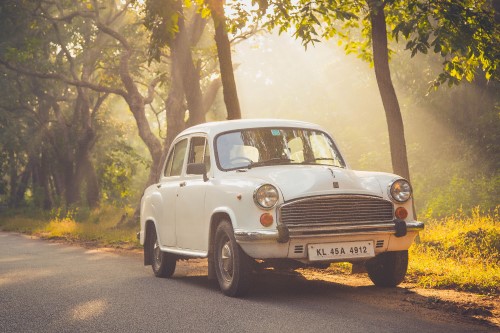
MARUTI SUZUKI 800
Maruti Suzuki produced the Maruti 800 small-town bus in India from 1983 and January 18, 2014. Because of its 800cc F8B engine, the 1979 Suzuki Fronte First Generation (SS80) was given this name. This car, which is recognised as one of the most significant in India, has been produced in quantities of around 2.87 million 800 million, of which 2.66 million have been sold within India. After Hindustan engines alone, the Maruti 800 has been in production for more than 30 years, making it the second-longest vehicle in India.
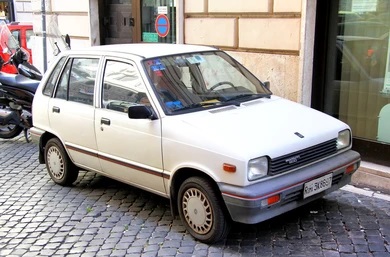
HM CONTESSA
A very desirable car from the Indian manufacturer Hindustan Motors (HM) was the Hindustan Contessa. Based on the GM Vauxhall Victor FE, which was manufactured during the latter years of manufacturing until 1979, it was dubbed the VX Series. When it debuted in 1983, it was one of the few Indian companies producing high-end vehicles for the market. Among its few native competitors was the compact model 2000, which was based on the Rover SD1 and the Premier 118 NE. Contessa was a well-liked pick among government officials. In 2002, Contessa’s production was successfully concluded.
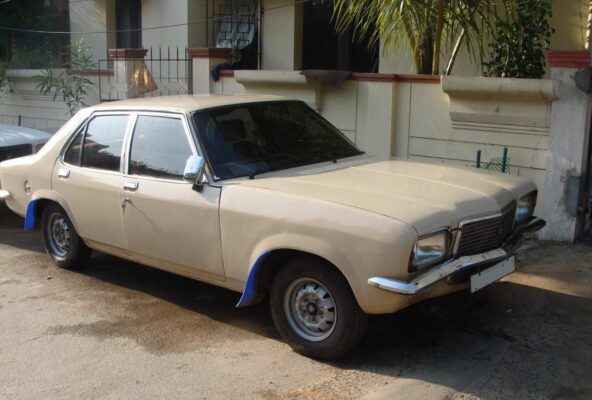
FIAT PREMIER PADMINI
Premier Padmini was an automobile produced by Premier Automobiles Limited, a division of the Walchand Group. Fiat granted the company an Indian license to operate in India from 1964 to 2000. Fiat1100 Delight was the car’s original name until 1973 when Premier Padmini began to be sold. The Ambassador and the standard herald in Hindustan were the Padmini’s principal rivals in the Indian market. Because the Padmini was initially the Fiat, it was called after the princess of the fourteenth century. The Padmini is also referred to as a pad or Fiat informally. Padmini is a reference to the Lakshmi Goddess, meaning “the Lotus Sitter.” In India, it is also well-known among young people.
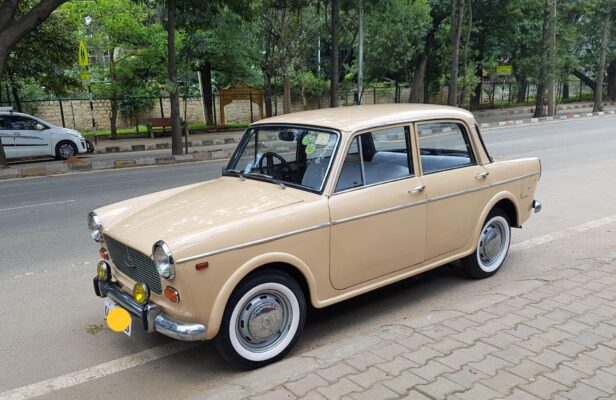
TATA SIERRA
It was a three-door sport utility vehicle that Tata Motors, based in India, produced under the names Tata Sierra and, subsequently, Tata Sierra Turbo. The 1.9-litre turbodiesel engine powers the Sierra. It was modelled after the Tata TL, the first automobile ever developed and produced in India. It featured a normally aspirated engine at first, but subsequent models had turbocharged engines.
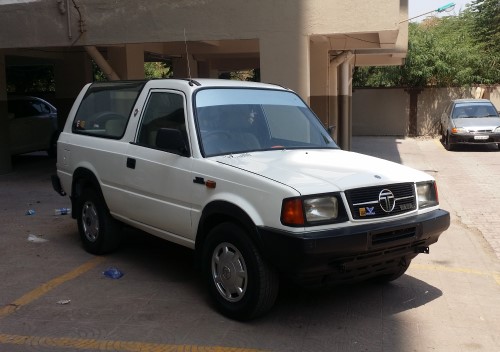
MARUTI SUZUKI GYPSY
With the 970 cc F10A Suzuki engine, Maruti Gypsy was first offered in the Indian market in December 1985. Although sales were never particularly strong, the vehicle quickly gained a lot of traction among police enforcement, and some are still being used by the Armed Forces. The codename assigned to it was MG410, an acronym for “Maruti Gypsy 4-cylinder 1.0-litre engine”. It was only offered as a soft top at first, but once aftermarket hardtops gained popularity, the public was eventually given access to a bolt-on hardtop. The Premier Padmini was quickly superseded by it as the standard Indian rally vehicle because of its exceptional performance, dependability, tuneability, and versatility..
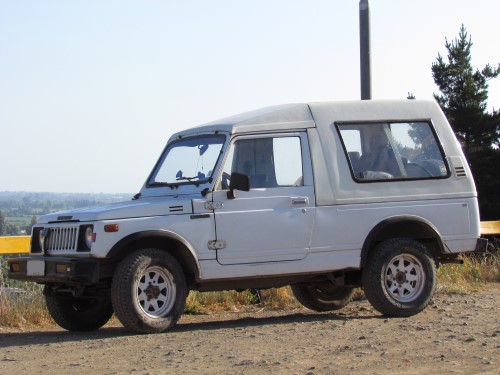
MAHINDRA ARMADA
Based on the Jeep, the Mahindra Armada was a sports utility vehicle (SUV) and multiutility vehicle (MUV). India manufactured it between 1993 and 2001. In 1998, the more opulent “Armada Grand” was added to it; in 2001, the Mahindra Maxx took its place. Mahindra has not been wellrepresented in the urban market sectors targeted by the Armada, Grand, and Bolero.
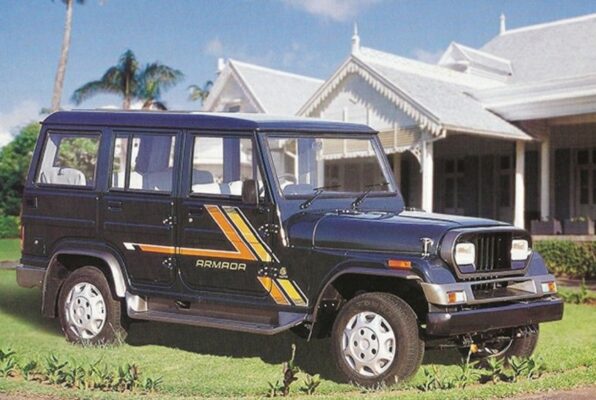
MARUTI SUZUKI 1000 (ESTEEM)
When it made its debut in 1990, it looked contemporary and was the talk of the town. It had a 970cc engine, which was only enough for 46 horsepower. Its fuel economy was low, and it was by no means decisive. It was reborn as the ‘Esteem’ in 1994 and had the finest power-to-weight ratio in the nation thanks to a 1.3-litre all-aluminium engine that produced 65bhp. A variant with fuel injection and 85 horsepower was also introduced in 1999. The best-selling car was the Esteem, which was phased out in 2007.
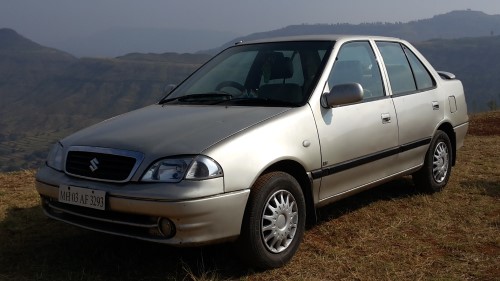
TATA SUMO
In 1994, the ten-seater, rear-wheel-drive Sumo SUV was introduced, with its primary purpose being off-road transportation and military usage. Prior to 1997, more than 100,000 Sumo cars had been sold, and it had considerable commercial success. The four-wheel drive model was sold to fleets and the Indian army, whereas the rear-wheel drive model was offered to the public sector in India. The 4WD variant was frequently offered alongside the 2WD in the foreign market.

DAEWOO CIELO
Daewoo unveiled the Cielo in 1995. With so many amenities, the Korean manufacturer had great expectations for this car. The Cielo’s 1.5-liter multipoint fuel injection engine, which produced 80 horsepower, was based on an Opel Kadett from 1980. It included an OVRMS, central locking, power windows, and power steering that could be adjusted.
